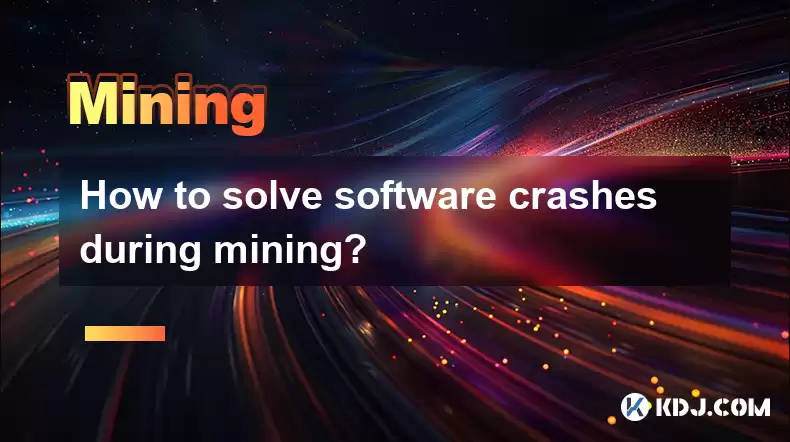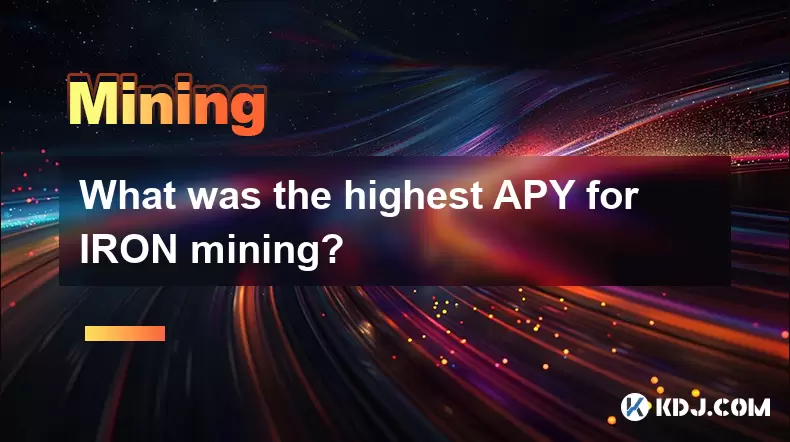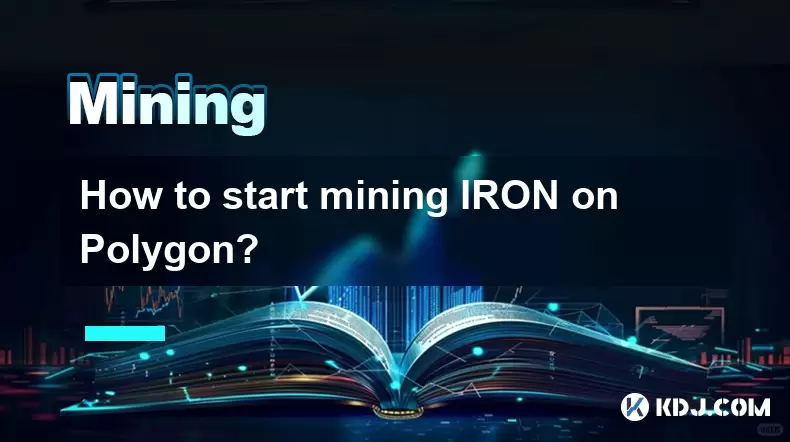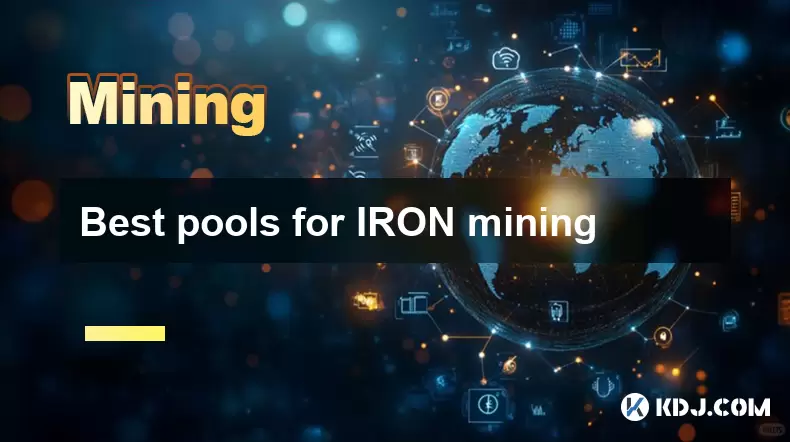-
 Bitcoin
Bitcoin $119800
1.38% -
 Ethereum
Ethereum $3873
3.25% -
 XRP
XRP $3.247
1.85% -
 Tether USDt
Tether USDt $1.001
0.02% -
 BNB
BNB $840.4
5.94% -
 Solana
Solana $190.0
2.55% -
 USDC
USDC $1.000
0.03% -
 Dogecoin
Dogecoin $0.2433
2.69% -
 TRON
TRON $0.3197
-0.05% -
 Cardano
Cardano $0.8367
1.39% -
 Sui
Sui $4.327
3.11% -
 Hyperliquid
Hyperliquid $44.00
0.31% -
 Stellar
Stellar $0.4461
1.76% -
 Chainlink
Chainlink $19.25
4.61% -
 Hedera
Hedera $0.2941
3.90% -
 Bitcoin Cash
Bitcoin Cash $598.4
6.89% -
 Avalanche
Avalanche $26.19
4.67% -
 Litecoin
Litecoin $115.1
0.50% -
 Shiba Inu
Shiba Inu $0.00001427
1.55% -
 Toncoin
Toncoin $3.379
2.01% -
 UNUS SED LEO
UNUS SED LEO $8.966
-0.16% -
 Ethena USDe
Ethena USDe $1.001
0.02% -
 Uniswap
Uniswap $11.04
4.16% -
 Polkadot
Polkadot $4.239
2.00% -
 Monero
Monero $324.6
0.36% -
 Bitget Token
Bitget Token $4.672
2.46% -
 Pepe
Pepe $0.00001294
2.69% -
 Dai
Dai $0.0000
0.01% -
 Cronos
Cronos $0.1443
2.71% -
 Aave
Aave $302.9
1.98%
How to solve software crashes during mining?
To prevent cryptocurrency mining software crashes, ensure hardware cooling, update software and drivers, check network stability, and monitor temperatures and power supply.
Apr 07, 2025 at 08:21 am

Understanding Cryptocurrency Mining Software Crashes
Mining cryptocurrency, while potentially lucrative, is not without its technical challenges. Software crashes are a common frustration for miners, interrupting the process and potentially reducing profitability. These crashes can stem from various sources, including hardware issues, software bugs, operating system problems, or even network connectivity problems. Identifying the root cause is crucial for effective troubleshooting.
Identifying the Cause of the Crash
Before attempting any fixes, pinpointing the source of the crash is paramount. This often involves careful observation and logging. Many mining software packages include detailed logs that record events leading up to a crash. Examining these logs can reveal error messages, specific hardware components implicated, or even timestamps correlating with external events like power fluctuations. Pay close attention to any recurring patterns in the logs. This is often the key to solving the problem.
Hardware-Related Crashes
Hardware problems are a frequent culprit. Overheating is a major concern, especially for GPUs which generate significant heat during intense calculations. Ensure adequate cooling with sufficient case fans, heatsinks, and potentially liquid cooling systems. Failing hardware components, such as a failing GPU or RAM, can also lead to crashes. Running memory tests and stress tests on your hardware can help identify failing components. Regularly monitor your hardware temperatures using monitoring software.
Software-Related Crashes
Software issues can range from bugs in the mining software itself to conflicts with other applications or drivers. Keep your mining software updated to the latest version, as updates often include bug fixes. Ensure that your graphics drivers are up-to-date and compatible with your mining software and hardware. Sometimes, conflicting software can interfere with the mining process. Try temporarily disabling other applications running in the background to see if this resolves the issue.
Operating System Issues
The operating system plays a critical role in managing hardware and software resources. A poorly configured or unstable operating system can lead to mining software crashes. Ensure your operating system is up-to-date with all security patches and updates. Consider a clean installation of your operating system if you're experiencing persistent problems. Defragmenting your hard drive and ensuring sufficient disk space can also improve stability.
Network Connectivity Problems
Network connectivity issues can also cause mining software to crash. A stable internet connection is crucial for submitting mining shares to the pool. Check your network cable, router, and internet service provider for any problems. Consider using a wired connection instead of Wi-Fi for greater stability. Intermittent network outages can interrupt the mining process and lead to crashes.
Steps to Troubleshoot Mining Software Crashes
- Check your hardware temperatures: Use monitoring software to ensure your GPU and CPU temperatures are within safe operating ranges.
- Update your drivers: Make sure your graphics drivers and other relevant drivers are up-to-date.
- Update your mining software: Download the latest version of your mining software from the official website.
- Check your system logs: Examine the logs for error messages that might indicate the cause of the crash.
- Run memory tests: Use memory testing software to check for RAM errors.
- Run stress tests: Stress test your hardware to identify potential instability issues.
- Disable other applications: Temporarily disable other applications running in the background.
- Check your network connection: Ensure you have a stable and reliable internet connection.
- Reinstall your mining software: Try reinstalling your mining software if other troubleshooting steps fail.
- Reinstall your operating system: As a last resort, consider reinstalling your operating system.
Power Supply Issues
An insufficient or unstable power supply can also contribute to crashes. Ensure your power supply unit (PSU) has sufficient wattage to handle the power demands of your mining hardware. Use a high-quality PSU from a reputable manufacturer. Power surges or brownouts can also cause crashes, so consider using a surge protector.
Overclocking Issues
Overclocking your hardware, while potentially increasing mining performance, can also lead to instability and crashes. If you've overclocked your hardware, try reverting to the default clock speeds to see if this resolves the issue. Overclocking puts extra stress on components, increasing the risk of overheating and failure.
Software Configuration Issues
Incorrect configuration of your mining software can lead to crashes. Double-check all settings to ensure they are appropriate for your hardware and mining pool. Pay close attention to things like worker names, pool addresses, and algorithm settings. Refer to your mining software's documentation for guidance on proper configuration.
Background Processes Interference
Background processes consuming significant system resources can interfere with the mining process. Identify and close unnecessary programs running in the background. This can free up resources and improve stability. Use Task Manager (Windows) or Activity Monitor (macOS) to monitor resource usage. Prioritize mining software by allocating sufficient resources.
Frequently Asked Questions
Q: My mining software keeps crashing. What's the first thing I should check?
A: The first thing to check is your hardware temperatures. Overheating is a common cause of crashes. Use monitoring software to check your GPU and CPU temperatures.
Q: I've updated my drivers and software, but my mining software still crashes. What else can I do?
A: If updating drivers and software doesn't resolve the issue, check your system logs for error messages. These logs may provide clues about the cause of the crash. Also, consider running memory tests and stress tests on your hardware.
Q: My mining software crashes intermittently. What could be the cause?
A: Intermittent crashes could be caused by several factors, including unstable power supply, network connectivity problems, or background processes interfering with the mining process. Check each of these areas systematically.
Q: My mining rig is crashing frequently. Could it be a hardware failure?
A: Frequent crashes strongly suggest a potential hardware failure. Run stress tests on your hardware components (GPU, CPU, RAM) to identify any failing parts. Pay close attention to error messages in your system logs.
Q: What should I do if I suspect a problem with my power supply?
A: If you suspect a problem with your power supply, check its wattage rating to ensure it's sufficient for your mining hardware. Consider using a high-quality PSU from a reputable manufacturer and a surge protector. Also, monitor your power usage.
Disclaimer:info@kdj.com
The information provided is not trading advice. kdj.com does not assume any responsibility for any investments made based on the information provided in this article. Cryptocurrencies are highly volatile and it is highly recommended that you invest with caution after thorough research!
If you believe that the content used on this website infringes your copyright, please contact us immediately (info@kdj.com) and we will delete it promptly.
- Bitcoin's Potential Final Rally: Decoding Historical Data and Future Projections
- 2025-07-28 06:30:11
- BlockDAG, XRP, and Utility-Driven Growth: A New Era for Crypto?
- 2025-07-28 06:30:11
- Litecoin's ADX Crossover: Rally Potential or False Dawn?
- 2025-07-28 06:50:11
- Arctic Pablo Coin: Meme Coin Mania and Presale Buzz in 2025
- 2025-07-28 06:50:11
- Arctic Pablo: Meme Coin Mania or ROI Rocket?
- 2025-07-28 06:55:11
- Worldcoin's Wild Ride: Uptrend Battles Resistance Amidst Regulatory Waves
- 2025-07-28 07:00:12
Related knowledge

What was the highest APY for IRON mining?
Jul 23,2025 at 05:14am
Understanding IRON Token and Its Mining MechanismThe IRON token is a stablecoin that operates within the Iron Finance ecosystem, primarily on blockcha...

What is impermanent loss in IRON pools?
Jul 23,2025 at 09:00am
Understanding Impermanent Loss in the Context of IRON PoolsImpermanent loss is a phenomenon that affects liquidity providers in decentralized finance ...

How to claim rewards from IRON mining?
Jul 23,2025 at 02:21pm
Understanding IRON Mining and Reward MechanismsIRON Finance operated as a decentralized finance (DeFi) protocol on the Polygon and Binance Smart Chain...

IRON mining tutorial for beginners
Jul 27,2025 at 12:01am
What Is IRON and How Does It Work in the Cryptocurrency Ecosystem?IRON is a cryptocurrency token that operates on the Binance Smart Chain (BSC) and is...

How to start mining IRON on Polygon?
Jul 23,2025 at 08:00pm
Understanding IRON and Its Role on PolygonIRON is a decentralized, algorithmic stablecoin designed to maintain a 1:1 peg with the US dollar. It operat...

Best pools for IRON mining
Jul 26,2025 at 03:56am
Understanding IRON Mining and Its Unique MechanismIRON (Iron Finance) was a decentralized finance (DeFi) project that aimed to create a multi-chain al...

What was the highest APY for IRON mining?
Jul 23,2025 at 05:14am
Understanding IRON Token and Its Mining MechanismThe IRON token is a stablecoin that operates within the Iron Finance ecosystem, primarily on blockcha...

What is impermanent loss in IRON pools?
Jul 23,2025 at 09:00am
Understanding Impermanent Loss in the Context of IRON PoolsImpermanent loss is a phenomenon that affects liquidity providers in decentralized finance ...

How to claim rewards from IRON mining?
Jul 23,2025 at 02:21pm
Understanding IRON Mining and Reward MechanismsIRON Finance operated as a decentralized finance (DeFi) protocol on the Polygon and Binance Smart Chain...

IRON mining tutorial for beginners
Jul 27,2025 at 12:01am
What Is IRON and How Does It Work in the Cryptocurrency Ecosystem?IRON is a cryptocurrency token that operates on the Binance Smart Chain (BSC) and is...

How to start mining IRON on Polygon?
Jul 23,2025 at 08:00pm
Understanding IRON and Its Role on PolygonIRON is a decentralized, algorithmic stablecoin designed to maintain a 1:1 peg with the US dollar. It operat...

Best pools for IRON mining
Jul 26,2025 at 03:56am
Understanding IRON Mining and Its Unique MechanismIRON (Iron Finance) was a decentralized finance (DeFi) project that aimed to create a multi-chain al...
See all articles

























































































